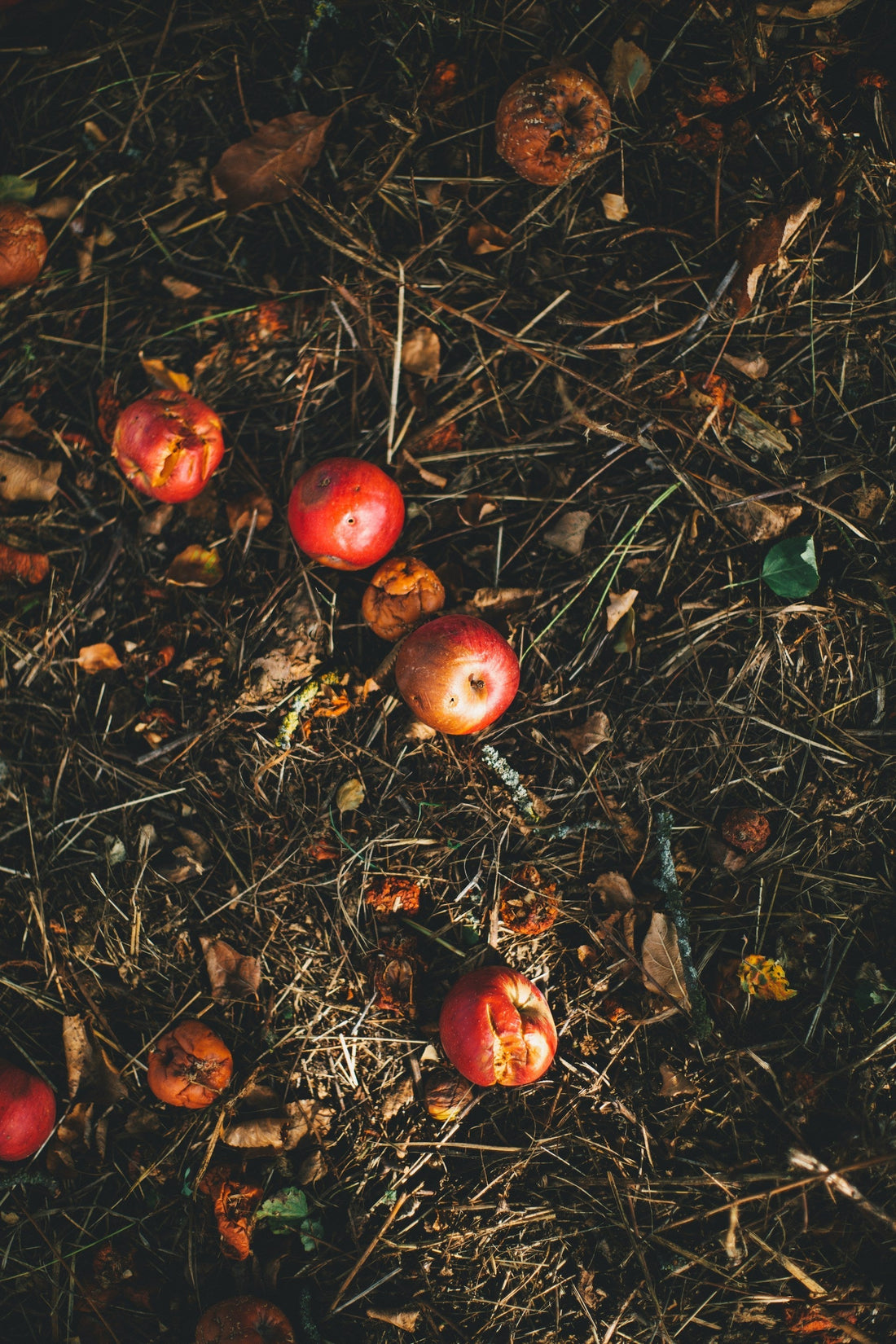
Gardening Tips for September: Save Your Seeds & Prepare Your Soil
Share
September is a pivotal bridge between summer’s end and autumn’s preparation - a time to harvest, renew, and set up your garden for the cooler months. Whether you’re incorporating biochar or not, these actions help bolster resilience and productivity through winter and into next spring.

What can be done in the garden with biochar in September
Prepare Beds for Overwintering & Cool-Season Crops
As you clear collapsing summer plants, blend biochar into the soil to improve structure, nutrient and moisture retention. Sow autumn and overwintering crops such as spinach, winter lettuce, turnips, and oriental greens on beds enriched with biochar for stronger root development and microbial activity.
Support Bulbs & Biennials
Incorporate biochar when planting spring-flowering bulbs (daffodils, crocus, hyacinths and tulips), autumn-flowering perennials (sedums, chrysanthemums), or biennials like foxgloves and wallflowers to enhance soil structure and transplant success.

Build Biochar-Enriched Compost
As organic debris accumulates (fallen leaves, spent crops etc), add biochar to your compost for better moisture control, nutrient retention, and odour suppression. You'll cultivate a richer, more balanced compost ready for use next season.
Support Fall Leaf Drop with Biochar Mulch
As leaves begin to fall, shred them and use them as mulch around trees and perennials. Add in a good helping of biocahr as you layer it - this helps capture nutrients from decomposing leaves. Rather than leeching, rainfall will gradually pull nutrients downward, boosting winter-root health and spring vigour.

Apply Biochar Around Perennials
Top-dress established perennials, shrubs, and berry plants with compost mixed with biochar. A 10-20% inclusion would be our best suggestion.
Boost Lawns & Hard-To-Water Areas
Improve water infiltration and soil aeration by working biochar into thin, worn parts of the lawn and along borders or paths. This supports grass recovery and slows erosion ahead of wetter weather.

Other jobs to do in the garden in September
Harvest & Preserve
Apples, pears, plums, and autumn-fruiting raspberries reach peak ripeness this month - harvest promptly and store or freeze excess. Meanwhile, continue harvesting French and runner beans, sowing seeds from healthy plants to enjoy a final yield stretch.
Clear, Tidy & Compost
Uproot finished crops and weeds, clean beds and turn fallen leaves into leaf mould or compost - essential for enriching soil structure next spring.

Sow, Plant Smart & Save Seeds
Sow hardy annuals, spring-flowering bulbs, and biennials; try sowing perennial loveliness like nigella or Ammi majus now. You can also sow overwintering vegetables like spinach, winter lettuce, spring cabbage, salad leaves and onions for an early harvest. Collect seeds from annual flowers, herbs, and vegetables that performed well this season. Dry and store them for use next year.
Outbuilding & Tools Maintenance
It may not be at the top of your list, but keeping on top of your greenhouse, sheds, garden furniture and tool maintenance will increase their lifespan, produce better results, and save you money! Make sure to do this before the days get shorter and the weather a little wetter.
Structure & Lawn Care
Give evergreen hedges a final trim; keep them denser at the base for support and remove fallen leaves to limit disease. Lawn tasks include mowing less often, raising the blade, scarifying, aerating, applying autumn lawn feed, and overseeding.
September is more than a month of ending - it's a strategic moment for renewal. Whether you're working with or without biochar, emphasising soil health, thoughtful planting, and maintenance will pay dividends when spring arrives.
By integrating biochar into your compost, planting, and soil-building routines, you give your garden a robust foundation - one that stabilises moisture, encourages beneficial microbes, and nurtures strong roots through winter. Sowing, cleaning, pruning, and propagating can keep your garden tidy, productive, and ready for the next cycle.
What you accomplish this month truly lays the groundwork for a vibrant, healthy garden in the year ahead.

